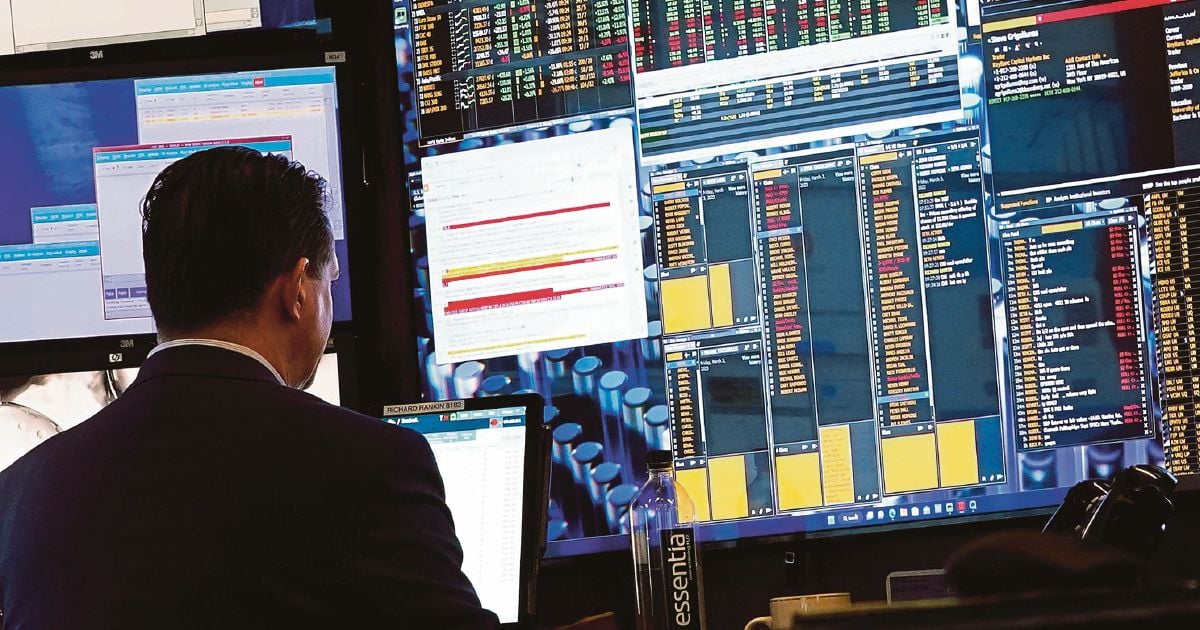
Global defensive sector funds are witnessing a significant surge in inflows as fears of a slowdown in the U.S. economy intensify. Over the past two weeks, consumer staples funds attracted $1.43 billion, while utilities saw an influx of $1.06 billion. This shift in investment strategy comes as the U.S. manufacturing PMIs indicate continued contraction in factory activity, reflecting broader economic concerns [2821e68f].
Ned Davis Research has indicated that a warning signal in the economy has been present for over a year, particularly with the M2 money supply shrinking, which historically favors defensive stocks. This contraction has been ongoing since early 2022, typically preceding recessions. Analysts suggest that investors should focus on sectors like healthcare and consumer staples, which are expected to lead in this environment [4fbcfb67].
In contrast, there have been substantial outflows from sectors perceived as higher risk. Technology funds experienced outflows of $2.97 billion, financials saw a decline of $1.38 billion, and industrials faced a drop of $540 million. This trend underscores a growing preference for stability among investors during uncertain economic times [2821e68f].
The MSCI Consumer Staples index has risen by 3.92% in the past month, significantly outperforming the MSCI World index, which only gained 1.35%. Analysts, including Rob Anderson from Ned Davis Research, note that defensive sectors are leading as signs of economic slowdown increase, suggesting that while rate cuts may provide some relief, they might not be enough to offset declines in corporate profits [2821e68f].
Steve Hanke has predicted a recession by early 2025 due to the ongoing M2 contraction. However, the Wall Street consensus still sees the U.S. economy on solid footing, with only a 33% chance of recession in the next year [4fbcfb67]. As investors navigate this turbulent landscape, the potential for cyclical sectors to regain strength post-election remains a topic of discussion. The market's current dynamics highlight the importance of a diversified investment approach, balancing defensive and cyclical sectors to mitigate risks associated with economic fluctuations [2821e68f].